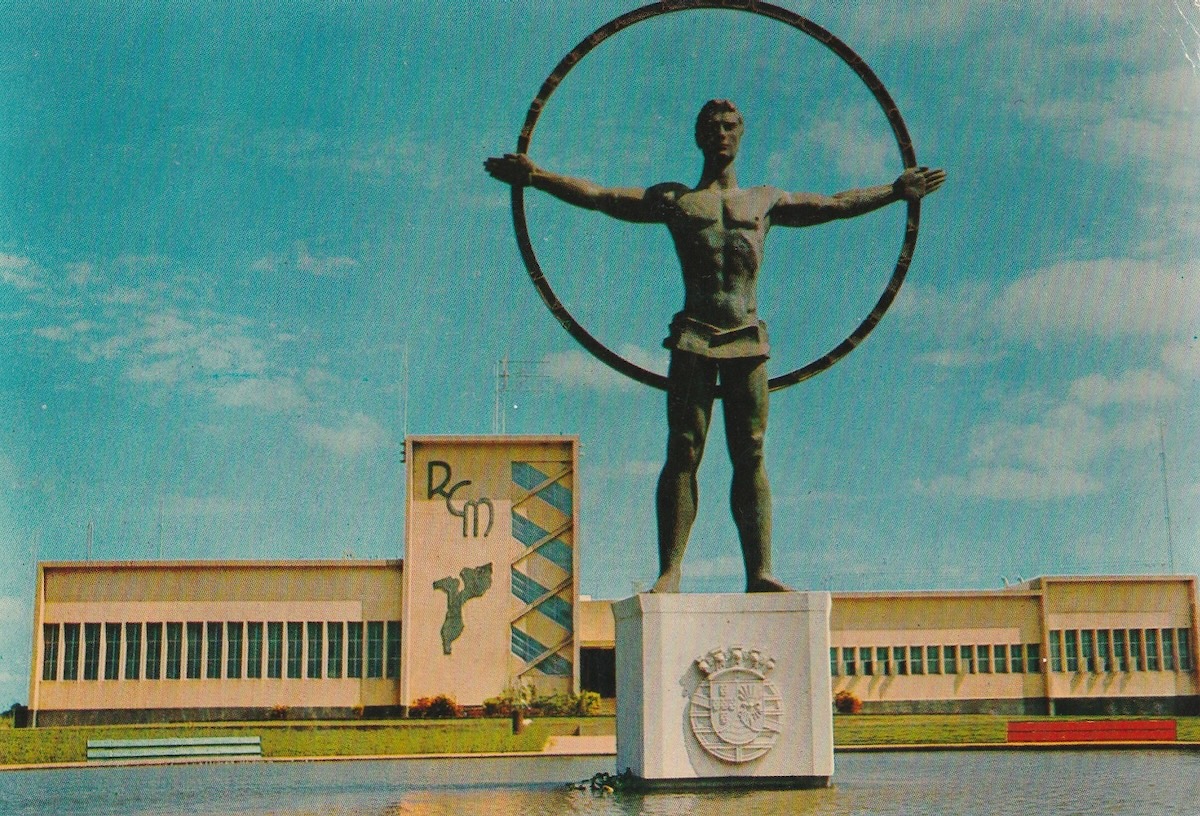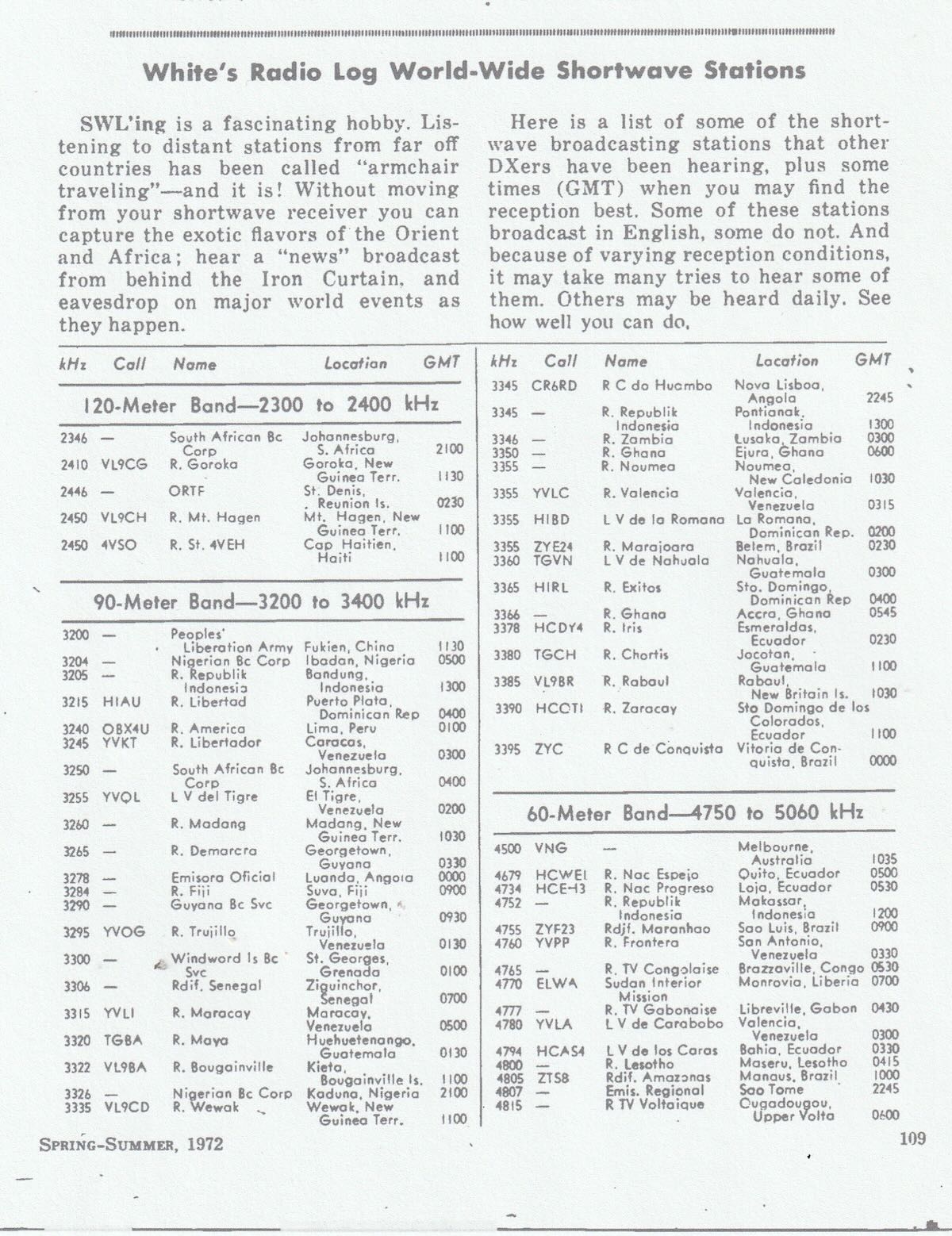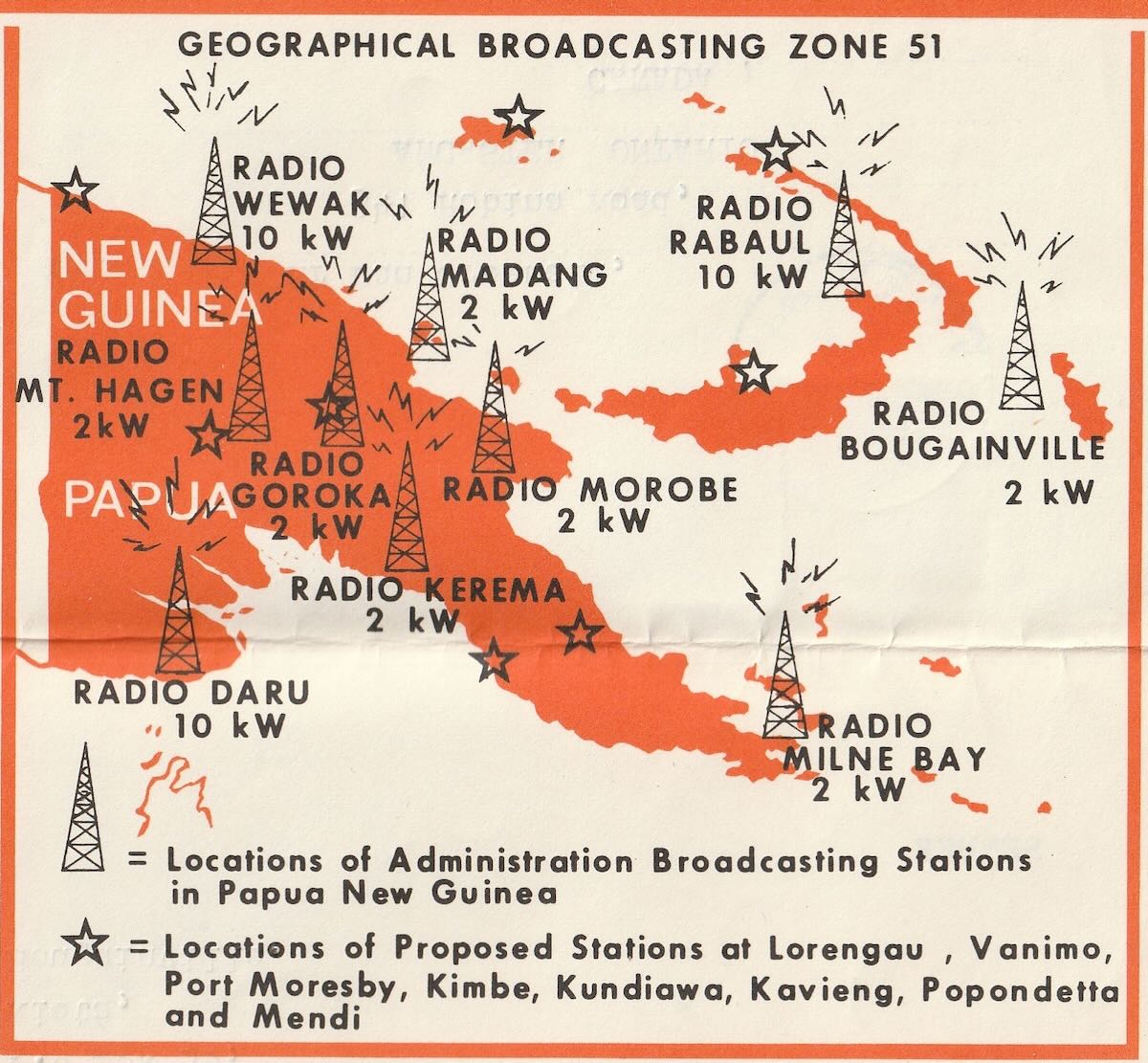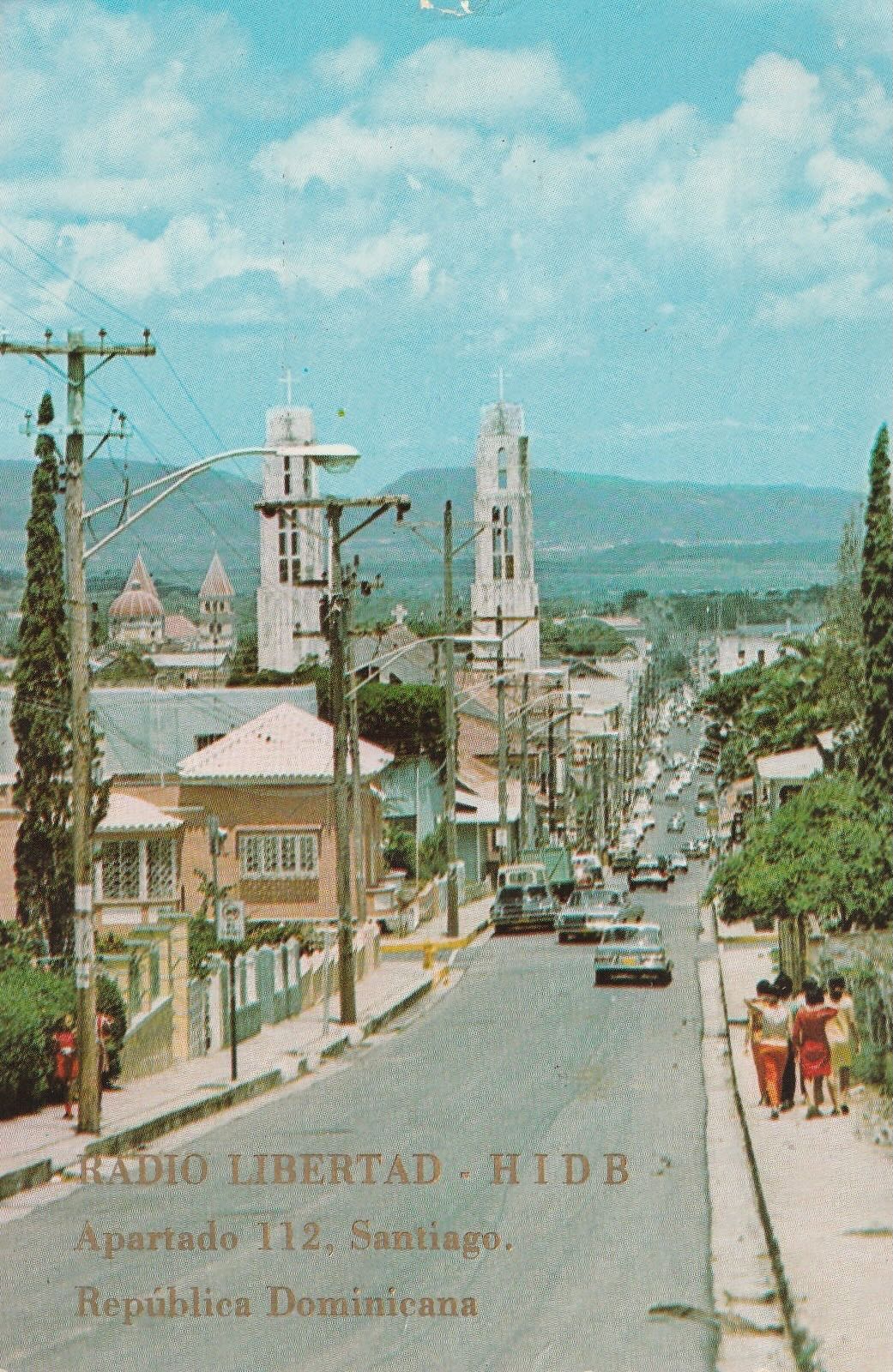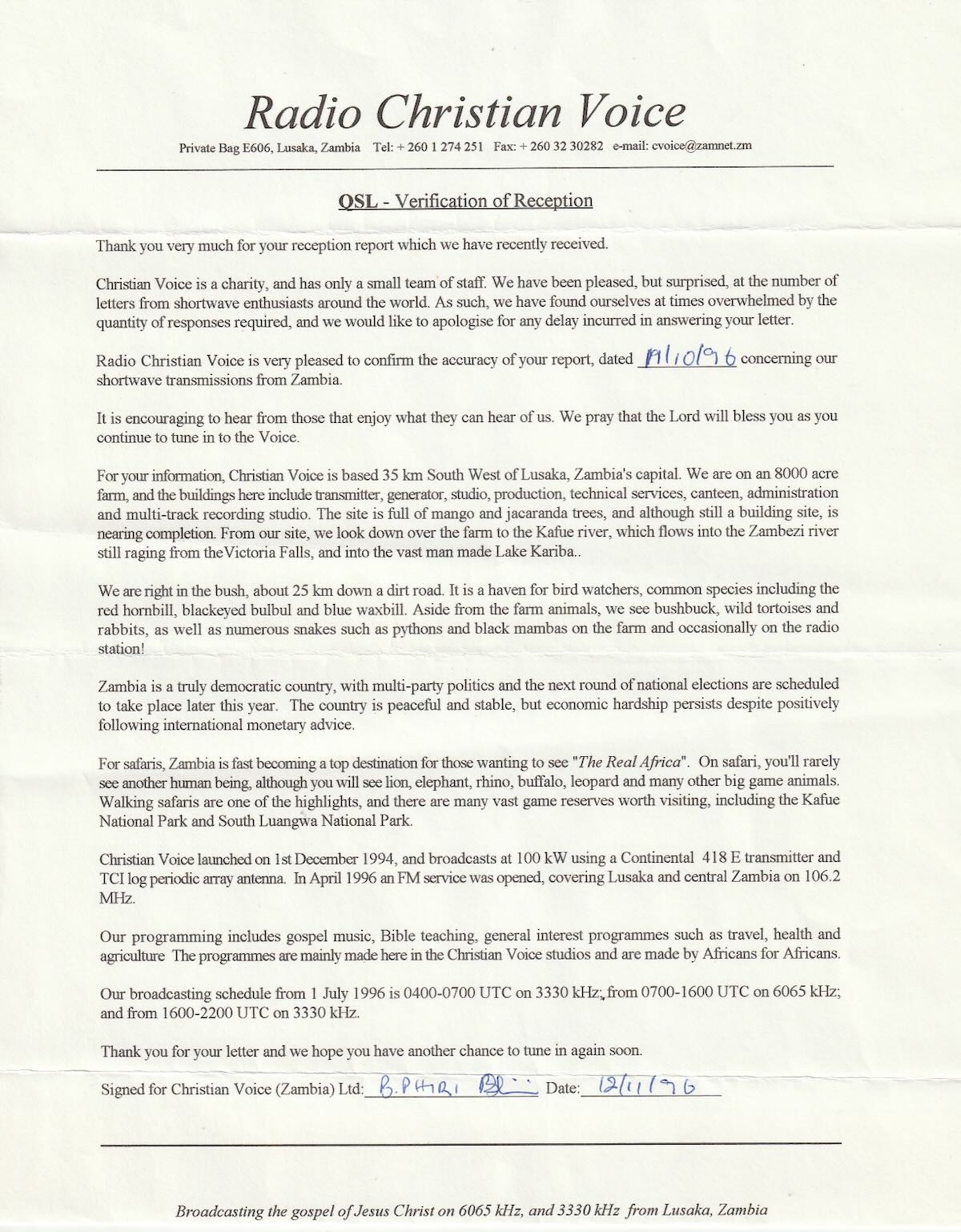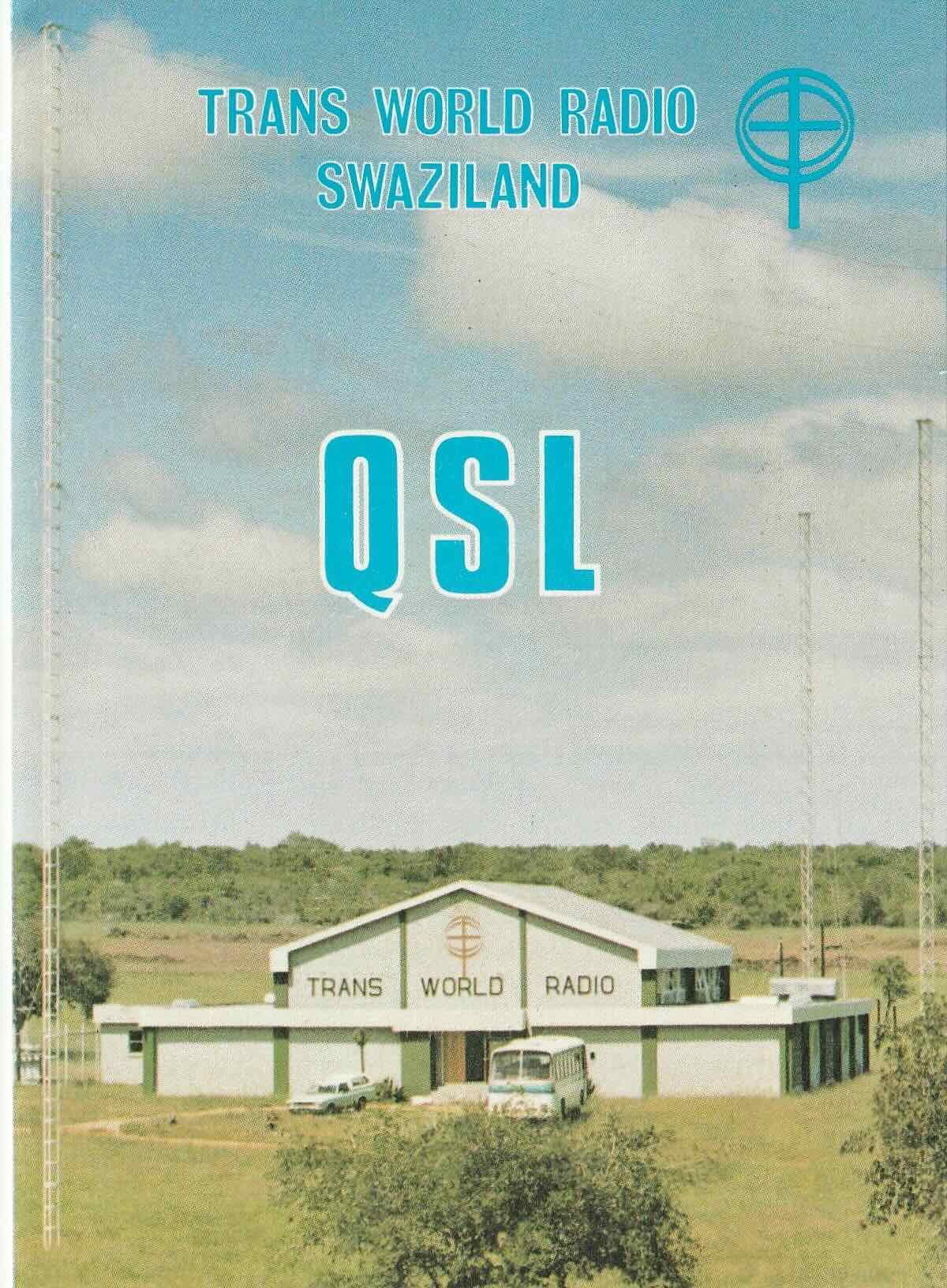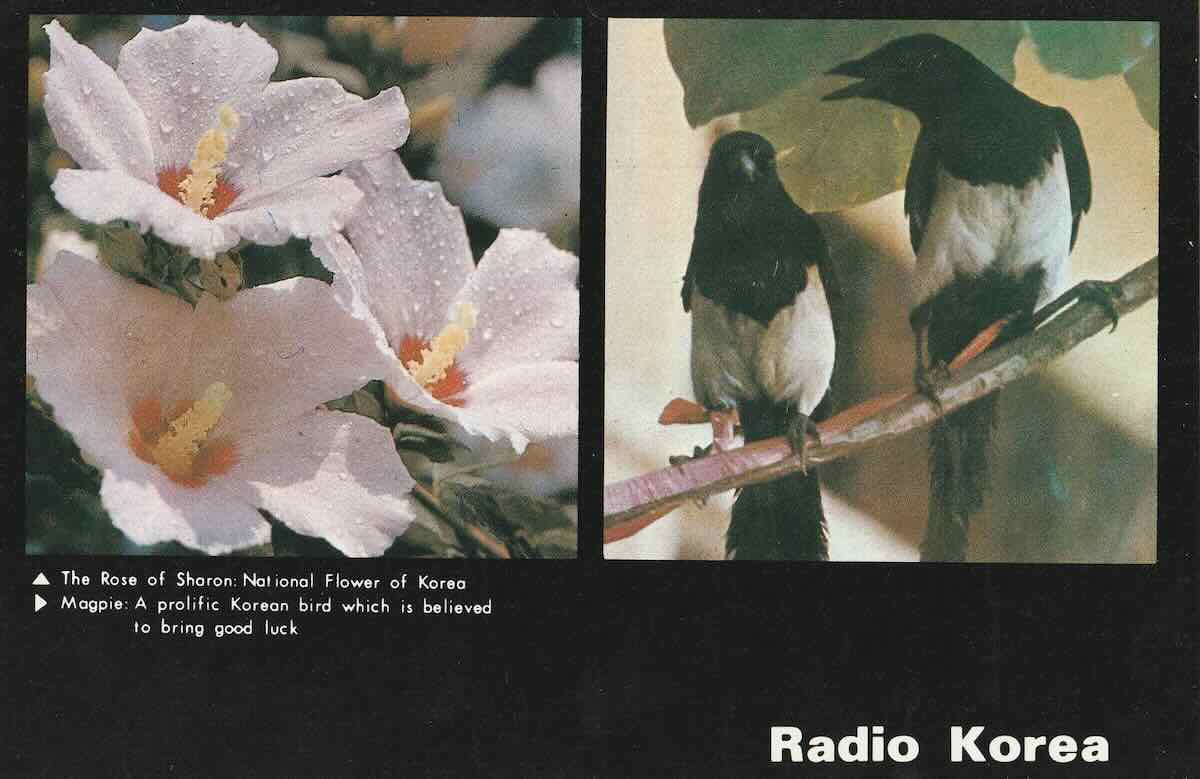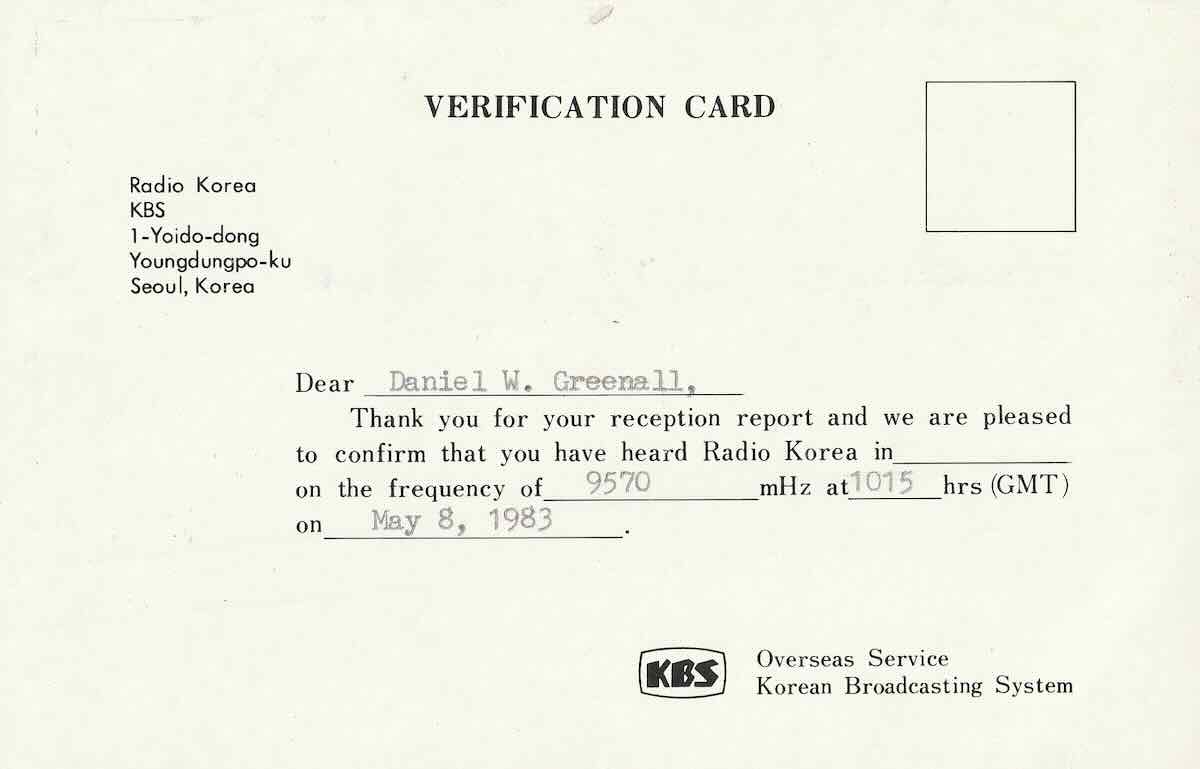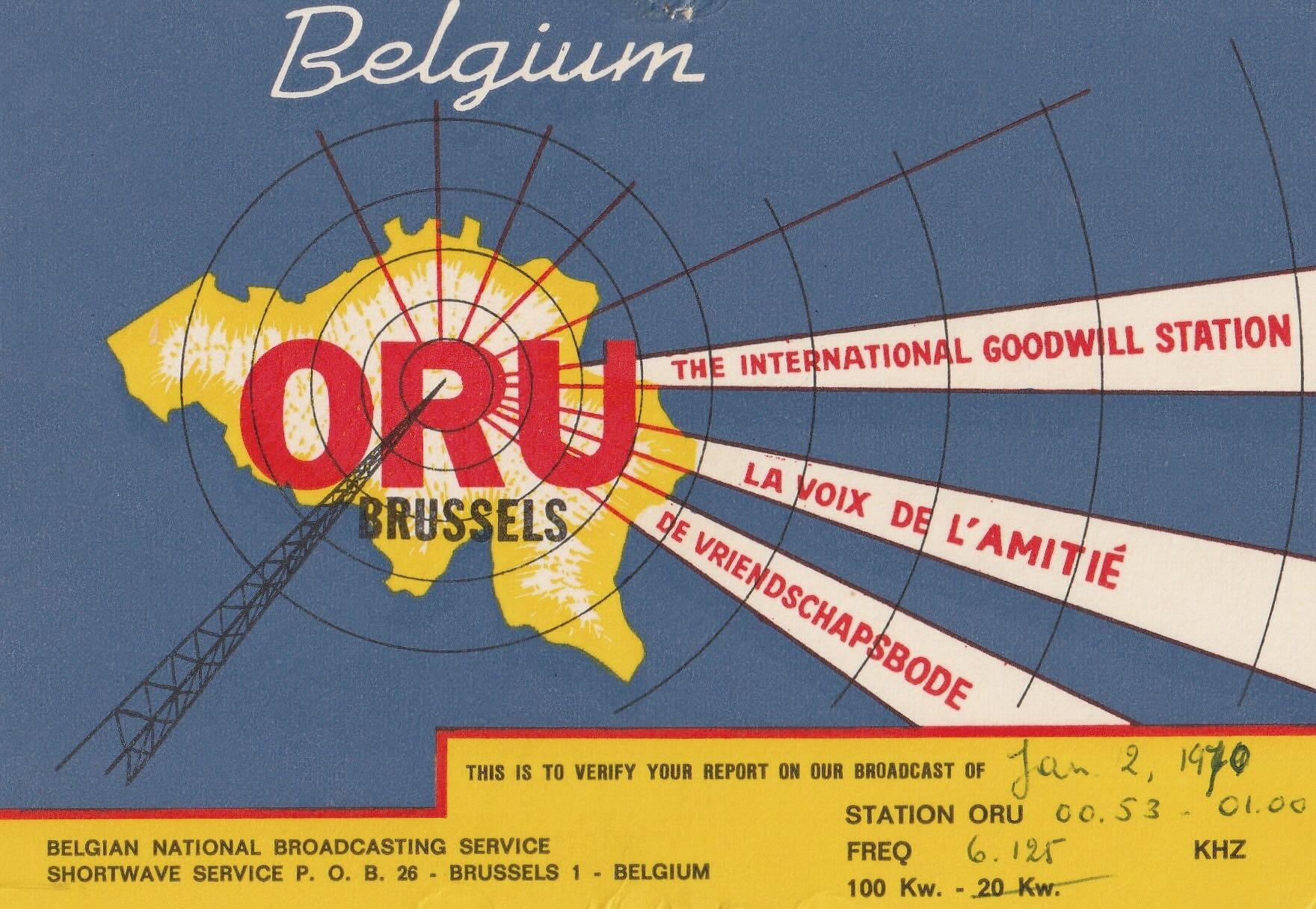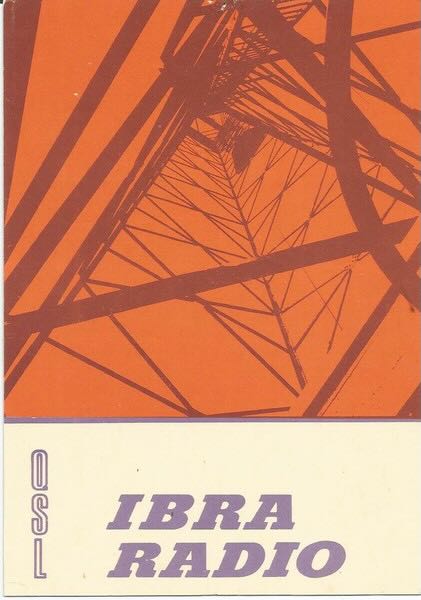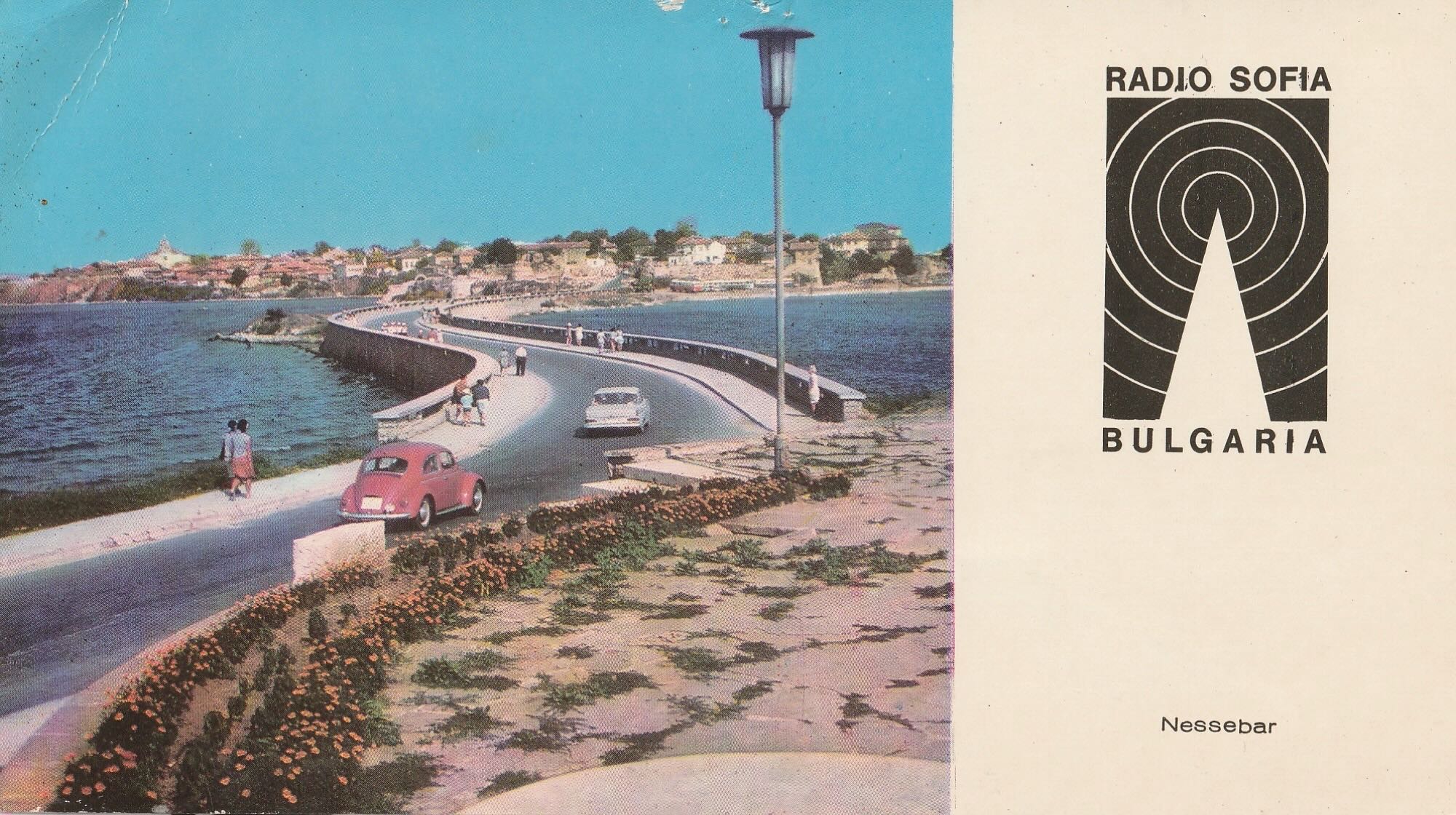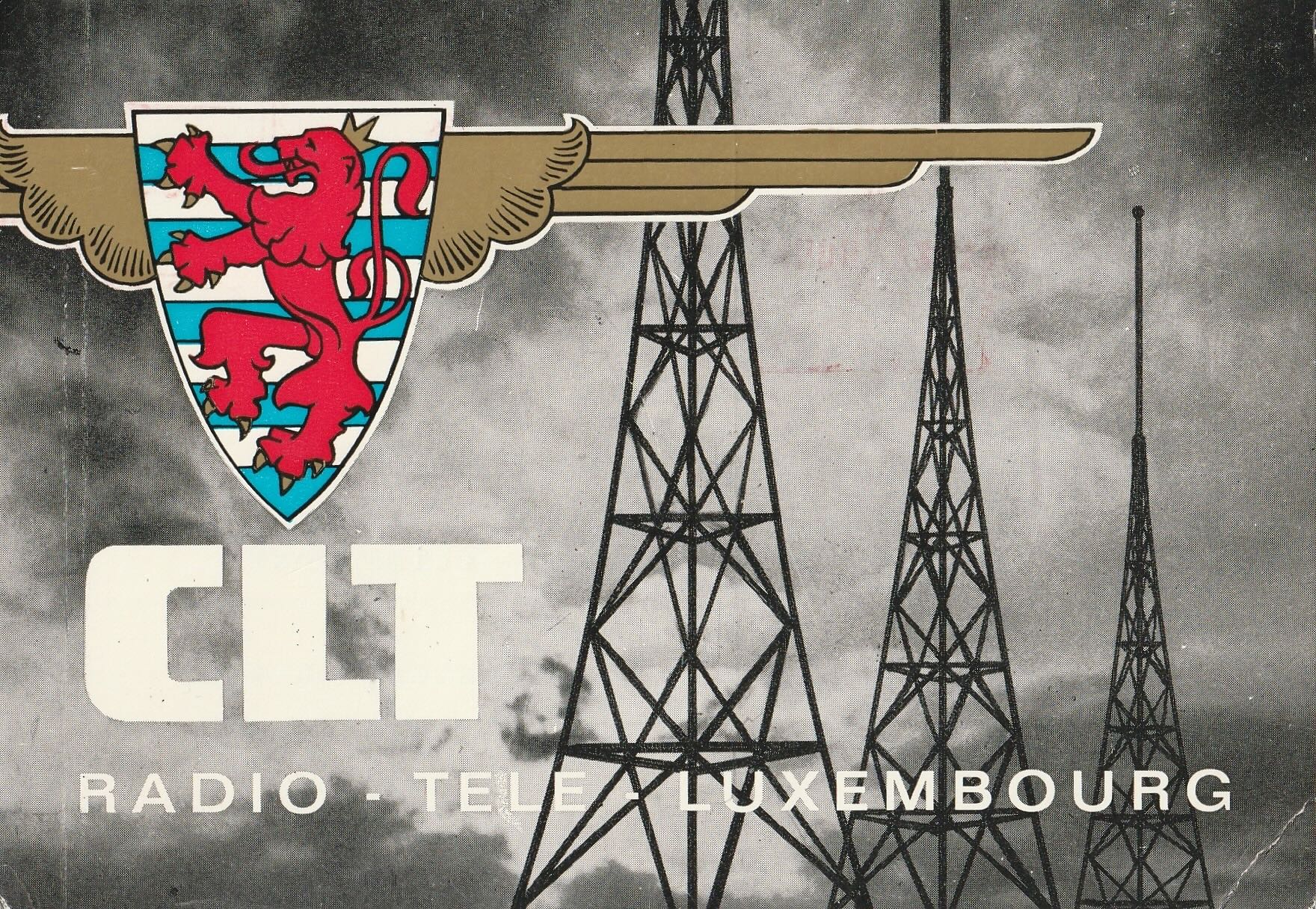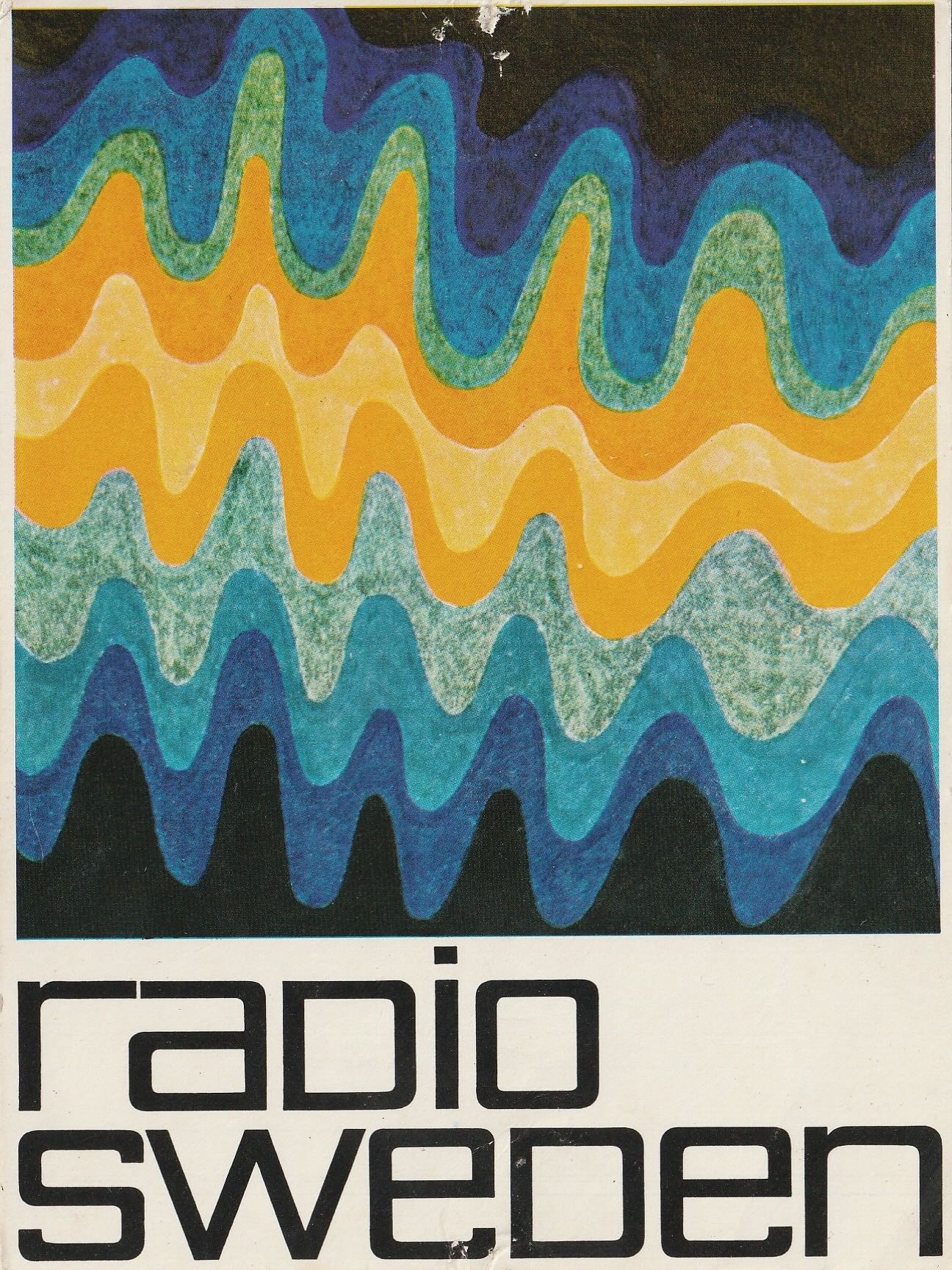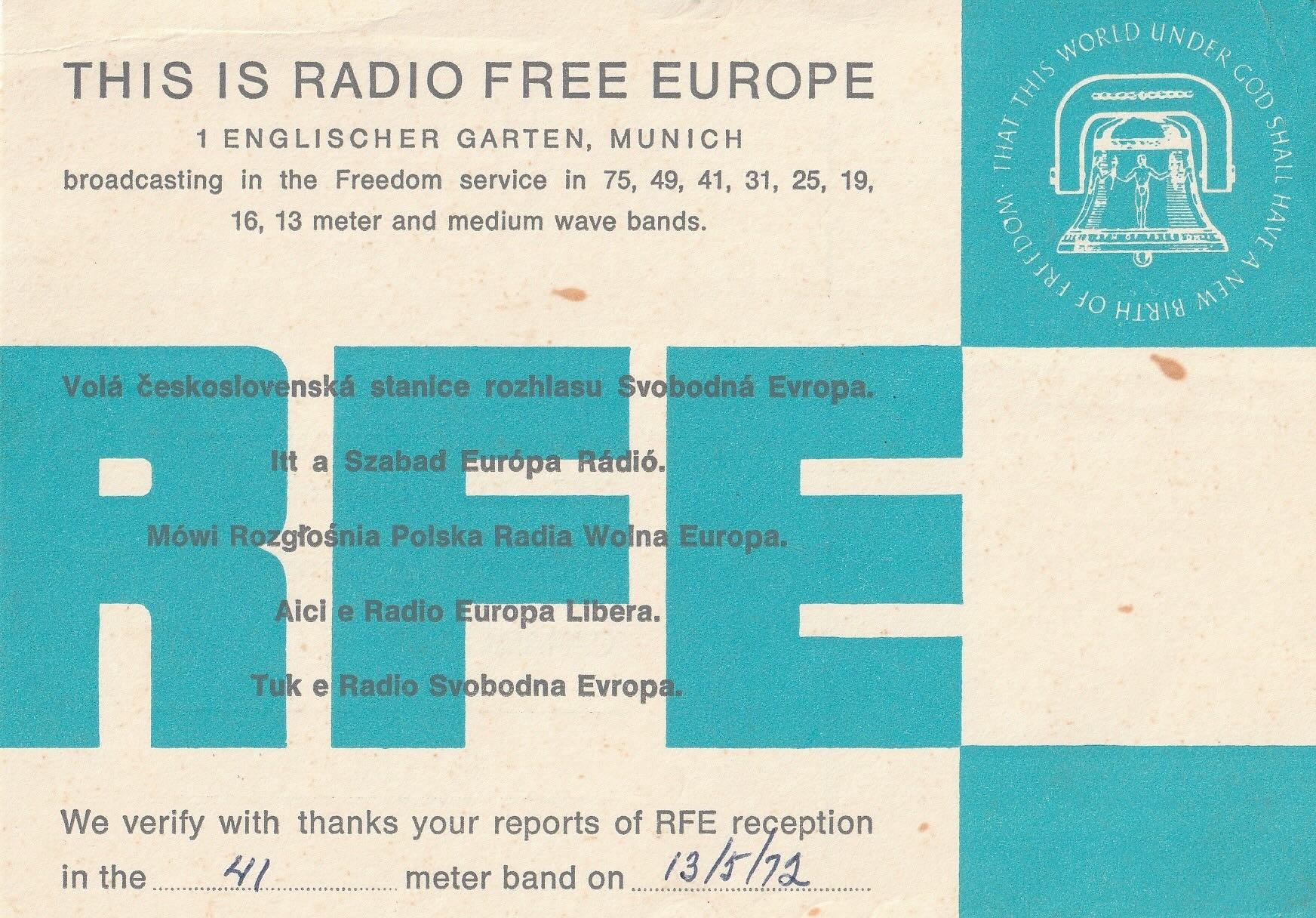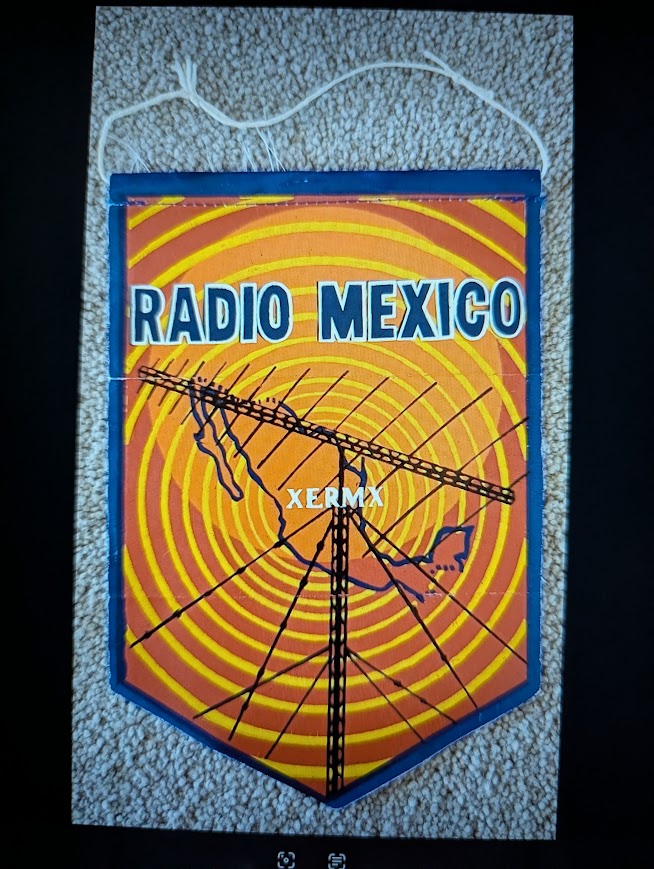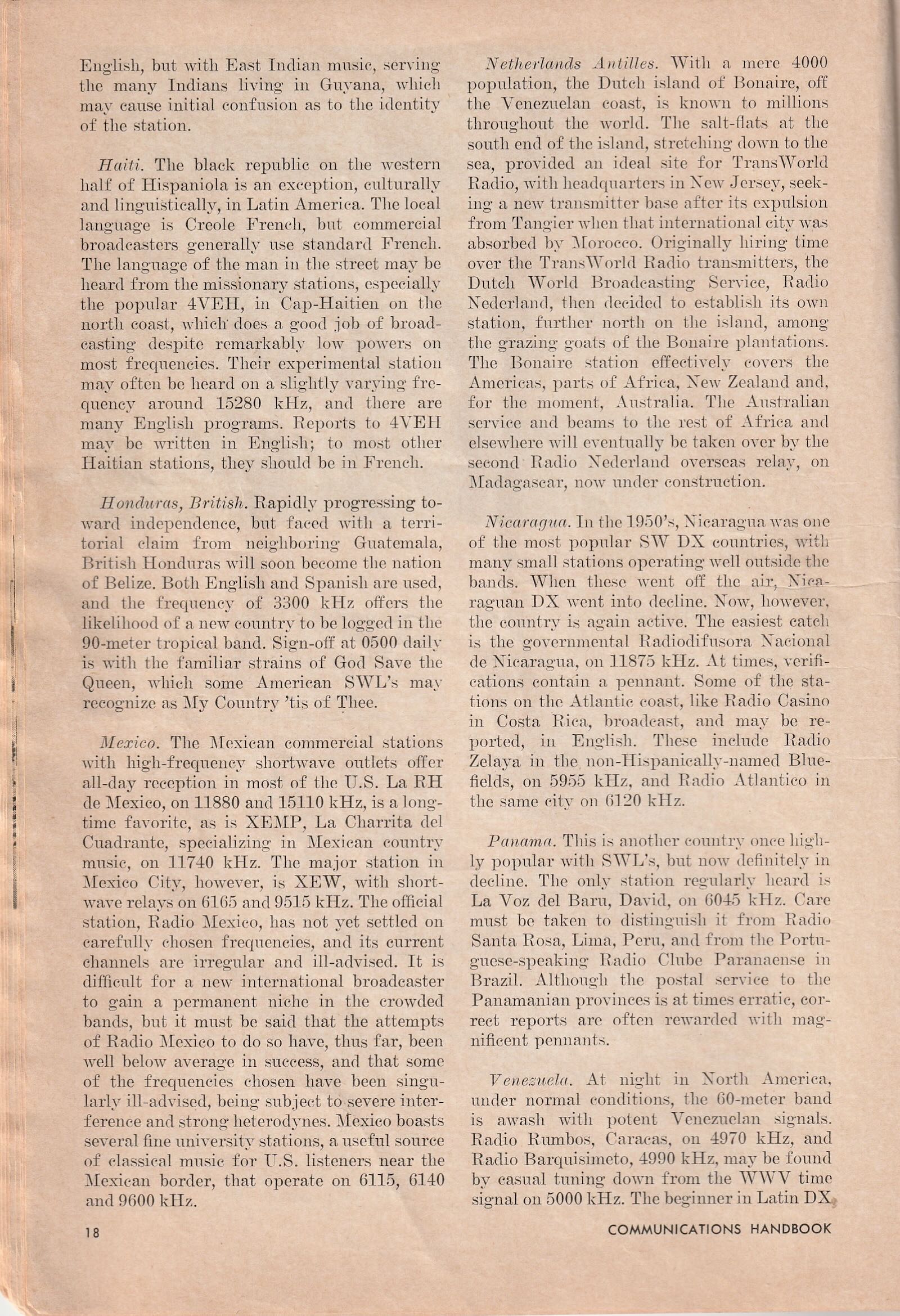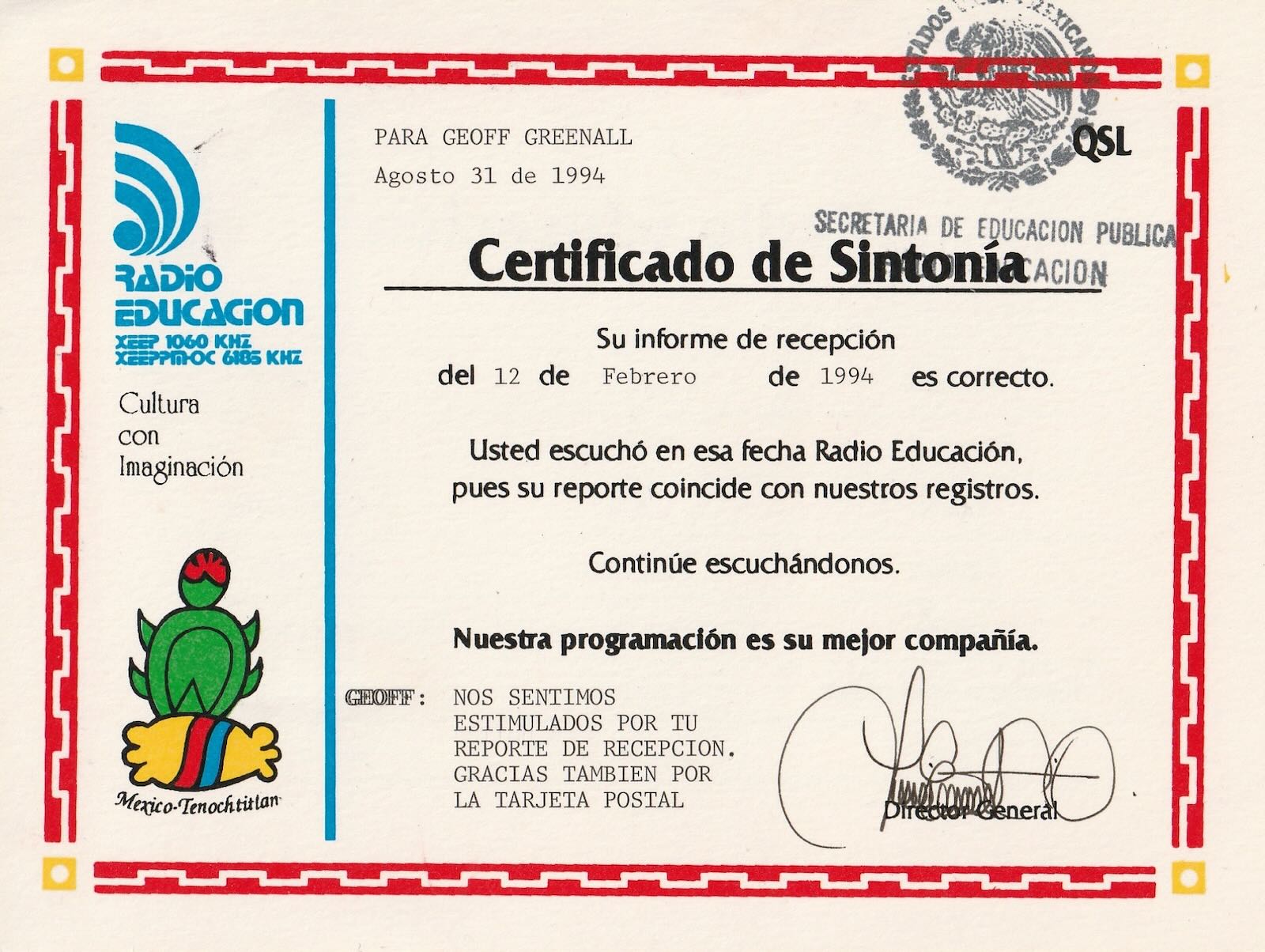by Dan Greenall
Attention all SWL’s! For those of you with a little extra free time over the holiday season, I would highly recommend having a look at two books that were written by a couple of very respected DXer’s from the past. They are both available on the Internet Archive and their respective links can be found below.
Shortwave Voices of the World by Dr. Richard E. Wood (1969)
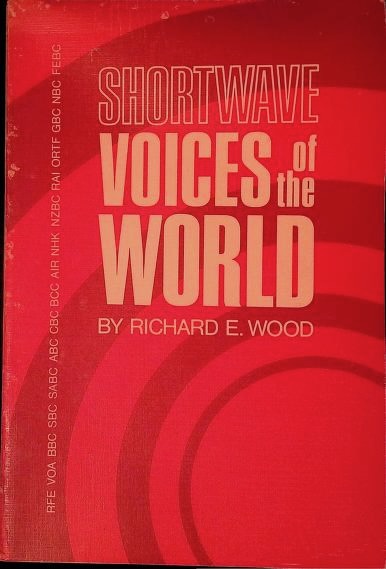 I have mentioned this one before, but in case you missed it, you will find it here.
I have mentioned this one before, but in case you missed it, you will find it here.
https://archive.org/details/shortwave-voices-of-the-world-richard-wood-ed-1-pr-1-1969
The World in My Ears by Arthur T. Cushen (1979)
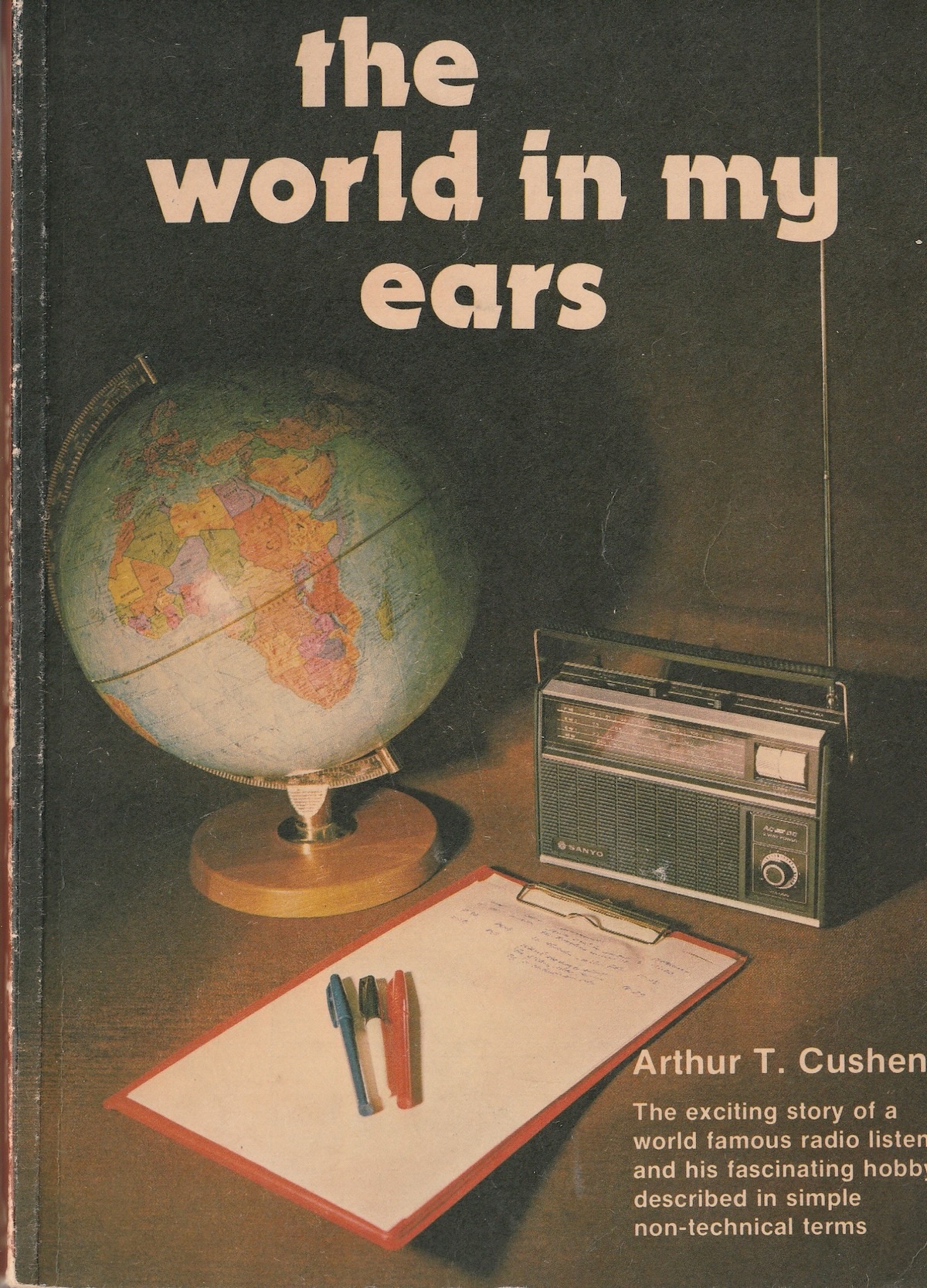 Newly uploaded, this one comes in two parts. Part One describes his early days and how his listening began, while Part 2 gets into the hobby in general.
Newly uploaded, this one comes in two parts. Part One describes his early days and how his listening began, while Part 2 gets into the hobby in general.
https://archive.org/details/the-world-in-my-ears-part-1/the%20world%20in%20my%20ears%20part%201/
Happy reading!


